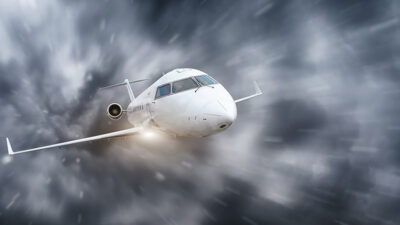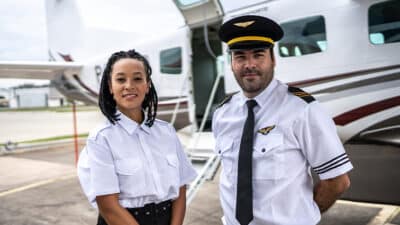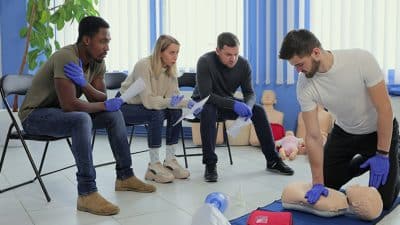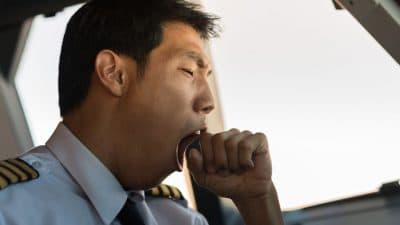Medical Support & Training - SM4 Safety Articles & Resources

Peer Support Programs: Transforming How Aviation Addresses Mental Health
While the industry has evolved in acknowledging these issues, stigma still impedes many from seeking available resources. Here, the significance of Peer Support Programs (PSPs) has been increasingly recognized. These initiatives offer a confidential haven where concerns can be openly discussed, free from judgment.

Understanding the Challenge of Turbulence-Related Injuries in Business Aviation
The challenge of managing air turbulence in business and private aviation is becoming increasingly evident due to the growing number of turbulence-related incidents affecting aircraft operators across the industry.

A Flight Toward Well-Being: The Changing Landscape of Mental Health in Aviation
As the Global Director of Aviation Health at MedAire, I have witnessed firsthand the incredible strides our industry has made in addressing mental health issues among pilots.

Ready for Takeoff: The Importance of In-Flight Allergic Reaction Preparedness
As business aviation operators, we are constantly focused on the safety and well-being of passengers and crew. But what happens when an in-flight allergic reaction strikes? Are you prepared for the unexpected?

Managing In-Flight Emergencies in the Age of Advanced Air Mobility
By 2030, the global eVTOL aircraft market will transport 27 million passengers. Some vehicles will have a single pilot, while others will operate remotely or autonomously with only civilian passengers. Therefore, the companies commercialising this space have a duty of care to their employees and customers to ensure the safety of all on board.

Long-COVID Another Challenge for a Safe Operation
Most people infected with Covid-19 will recover from their symptoms, if any, in a maximum period of four weeks. However, 10-30% of people diagnosed with COVID-19 will experience long-term after-effects. When existing symptoms last longer than expected or new ones develop following the acute phase of COVID-19 infection, it is referred to as “ongoing” symptomatic COVID-19 (from four to twelve weeks).

Vigilance! Now More Than Ever. A Time to Act!
As the aviation community begins its rebound from the COVID-19 experience, managers and safety professionals must be focused on getting staff back to work safely and returning to pre-COVID routines. One thing is for certain, bringing staff back to full strength to match the rebound has uncovered some less-than-desired consequences, even for those operators who believe they have a fully functional SMS.

3 Things To Keep Your Eye on as Global Business Aviation Begins To Rebound
Since COVID-19 first entered our world in January 2019, it has taken us on quite a roller coaster ride with plenty of twists and turns. Few would have thought that we would still be in that situation over a year later, but here we are. It has been a challenging time for the aviation industry, but with global business aviation activity up 28% compared to 2020, down only by 9% compared to 2019 year to date, it looks as if our rebound is here.

Empirical Safety Data Finally Emerges Regarding Masks and Face Coverings. It May Not Be What You Expected.
More than six months have now passed since the novel coronavirus (COVID-19) became an international household word. Paradoxically, only until recently has any demonstrable evidence surfaced to evaluate the recommendations coming from the health community.
